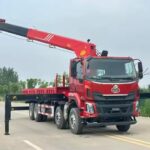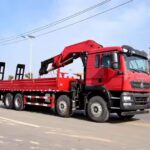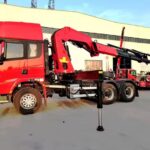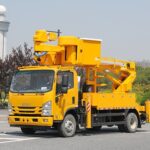The steering system of a car is generally divided into two categories, one is the electric power steering EPS, which is generally used in small vehicles; the other is the hydraulic power steering HPS, which is generally used in medium-sized vehicles car model. There is also an electro-hydraulic power steering system EHPS, which has wider applicability.
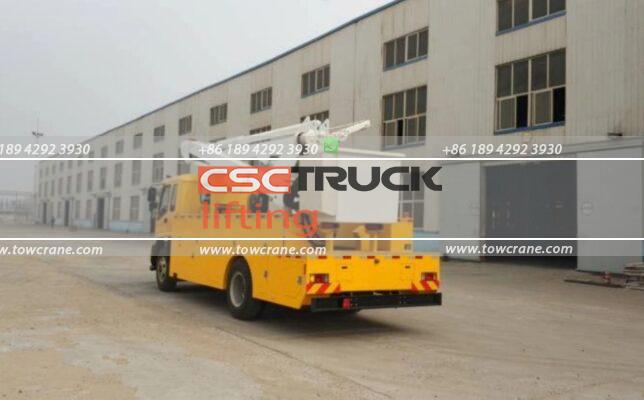
Electric power steering EPS is divided into seven types, and different new energy models have different matching of steering gear. They are column-type electric power steering (C-EPS), pinion-type electric power steering (P-EPS), dual-pinion electric power steering (DP-EPS), and rack-type direct-assisted electric power steering. (RD-EPS), rack parallel electric power steering (RP-EPS), electric pump hydraulic power steering (H-EPS), electronically controlled variable gear ratio steering system (E-VGR), etc. .
Column electric power steering (C-EPS), launched in 1988 The world’s first EPS, based on the technology and experience accumulated since the date of production, provides excellent safety, comfort and environmental performance. The electric power assist is located on the steering column (inside the cab). Suitable for small, compact cars with smaller engine rooms, as well as medium-sized cars. That is, new energy vehicles such as micro trucks and small trucks.
Pinion electric power steering (P-EPS), rack assist Excellent steering feel, providing high stiffness and excellent dynamic performance. By applying proven technologies, a steering system with excellent safety, comfort and environmental performance is achieved. The electric power assist device is located on the pinion shaft (in the engine room) and adopts a miniaturized design to deal with environmental issues in the engine room. Compared with the column type (C-EPS), the silent effect is improved.
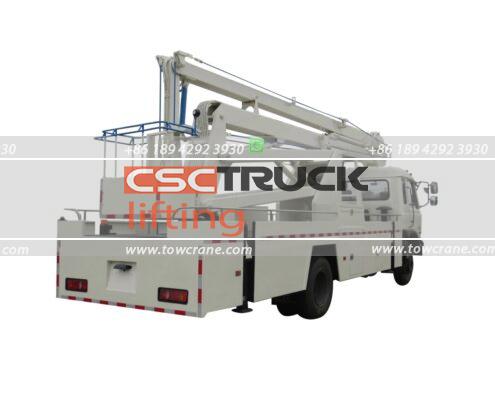
Double pinion electric power steering (DP-EPS), this is a small The upgraded version of the gear type separates the electric power assist device from the steering wheel shaft to achieve a flexible and free installation system structure. The design of the enhanced auxiliary unit is adopted to achieve a specific degree of stroke freedom on the steering wheel side. That is, the reduction gear is equipped with an anti-backlash control system with low friction and silent performance. Installation flexibility is improved thanks to the orthogonal/cross configuration for the worm gear.
Rack direct assist electric power steering (RD-EPS), the rack directly assists the steering shaft, and the assist effect is directly responded to . It means that the power auxiliary unit is configured on the rack shaft, and this power auxiliary unit can be installed at any position on the rack shaft, which increases the freedom of configuration design and suppresses the use of a large reduction ratio. Inertia force, excellent control feeling. The energy-saving system also has lower reduction gear loss and high mechanical efficiency.
Rack Parallel Electric Power Steering (RP-EPS) makes full use of more than 10 years of RD-EPS mass production experience, and adopts high-output, compact reduction gears to achieve easier installation. Developed New ball screw configuration with excellent noise/vibration (NV) performance
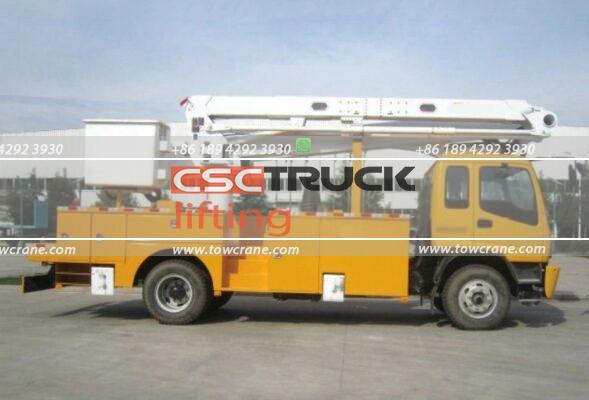
Electric Pump Hydraulic Power Steering (H-EPS), an energy-saving hydraulic electric steering system equipped with an electric pump, controlled by a microcomputer, achieving excellent safety, comfort and environmental performance using a separate electric pump. Extremely flexible installation and capability for EV driving. Excellent steering feel and improved fuel efficiency through sensible oil drain settings (MAP) and special valve adjustment. There is also an idle stop mode: making the car drive in a straight line. The energy consumption during operation is about 80% lower than that of ordinary hydraulic power steering (HPS) (10-15mode). The electric pump/ECU (electro-hydraulic power pump) is a helical gear that reduces pulsation and achieves a compact/lightweight design.
Electronically controlled variable gear ratio steering system (E-VGR) , is a variable steering angle transmission ratio system that takes into account vehicle stability and steering performance: when driving at low speeds and parking, the steering angle transmission ratio can be increased and steering performance improved, and when driving at high speed, the steering angle transmission ratio can be reduced and the steering angle transmission ratio can be reduced. Improve the stability of straight-line high-speed driving. By activating low friction torque, the vehicle stability can be improved. The function of this power steering system can also be used for car collision avoidance assist system, steering control when the vehicle sideslips, and lane keeping assist system.
The advantage of the electric power steering EPS is that it only consumes power during the steering process, and the overall energy Low consumption; canIt can easily match the power assist effect with the vehicle speed, and can take into account the lightness of steering at low speeds and the steering stability at high speeds, and has good centering performance; it has a simple structure, is light in weight, easy to arrange, easy to assemble, and easy to maintain; a complete solution It has solved the problem of hydraulic oil leakage and complied with the trend of “carbon neutrality”. The disadvantage is that it relies on the control unit to simulate the steering feel and force, which will result in the loss of part of the road feel; there are many electronic components, and the system stability and reliability are generally not as good as mechanical components.
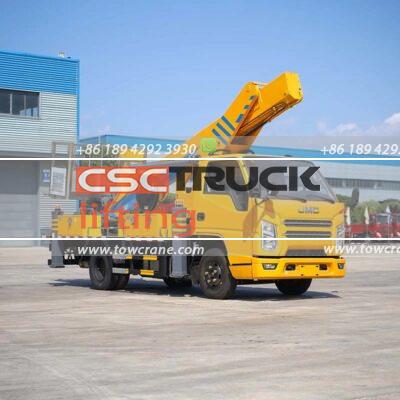
Hydraulic power steering HPS is divided into three types, namely rack & pinion hydraulic power steering, electronically controlled hydraulic power steering, and ball screw Hydraulic power steering, etc.
Rack & pinion hydraulic power steering provides output through hydraulic means Powerful, tracking and natural power assist enables easy and smooth steering. Suitable for a wide range of models from small cars to RV cars.
The electronically controlled hydraulic power steering is based on hydraulic power assistance, with the addition of Electronic control system realizes ideal steering that adapts to vehicle speed.
Ball screw hydraulic power steering is suitable for ordinary cars, as well as trucks and buses and other large vehicles, providing high-output power assistance and a smooth and comfortable collision experience.
The advantage of hydraulic power steering HPS is the complete mechanical connection between the steering wheel and the steering wheel , not only the control is precise, but also the road feel feedback is clear; the power source of the steering assist is the engine, so the steering power that can be used is surging and continuous; the technology is mature and highly reliable, even if the power assist system fails, the steering system can still rely on mechanical connection. No power steering. No wonder it is still the “darling” in the field of commercial vehicles even today. The disadvantage is that as long as the engine is started, regardless of whether the car is turning or not, the engine is running with the hydraulic power pump, doing a lot of useless work, and the overall energy consumption is high; the complex hydraulic pipeline structure and numerous oil control valves make the overall structure more complex. , the assembly space is large; the entire oil circuit is often maintained at high pressure, the service life will be affected, and there is a risk of hydraulic oil leakage and environmental pollution.
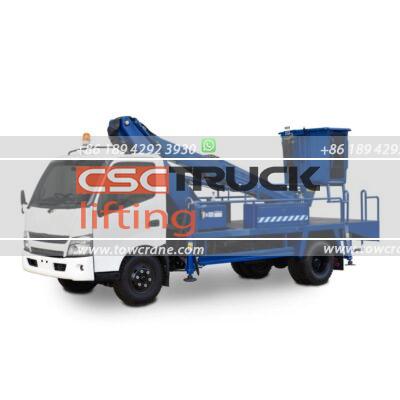
The electro-hydraulic power steering system EHPS is based on the HPS upgrade.The basic steering principle is similar to HPS. The main upgrade is the problem of HPS continuously consuming engine power. In EHPS, the hydraulic booster pump is no longer driven by the engine, but is driven by a newly added motor. The electronic control unit collects wheel speed sensor and other data, and after comprehensive processing, controls the opening degree of the hydraulic valve to change the oil pressure, thereby adjusting the steering assist force.
Its advantage is that it inherits the advantages of precise control and clear road feel feedback of HPS; compared with HPS, it greatly reduces energy consumption; and the steering assist can be adjusted according to the Parameters such as corner and vehicle speed can be adjusted by themselves, making the response more responsive. The disadvantage is that more electronic units are added, which leads to an increase in the complexity of the overall structure and a slight increase in cost. The reliability is not as good as HPS; and the problem of hydraulic oil leakage still exists.
Summary: After reading the above introduction, both the hydraulic power steering HPS and the electro-hydraulic power steering system EHPS have the risk of leaking hydraulic oil and polluting the environment; electric power steering Although there is no oil leakage in the steering gear EPS, the steering feel and power, system stability and reliability are not as good as the other two. It can be said that it is possible!


